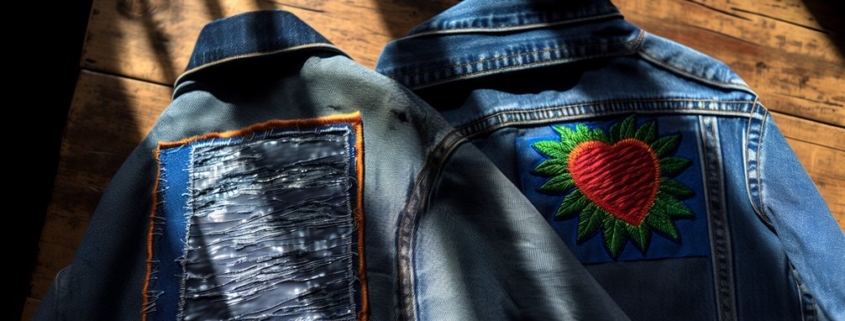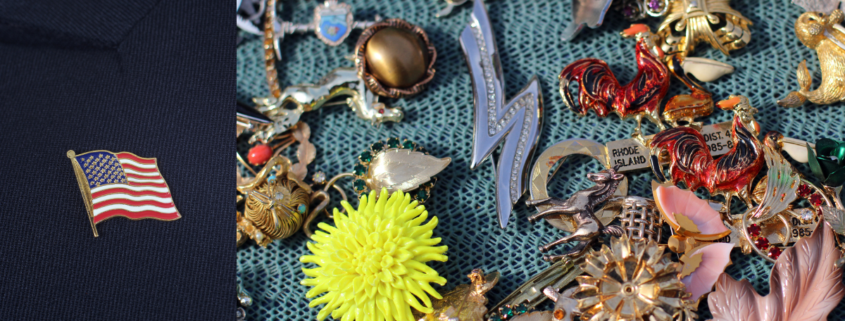Difference Between Sew on and Iron on Custom Patches
in Custom Patches, Patch Backing, Sew-OnWhen it comes to custom patches, you might find yourself wondering about the differences between sew-on and iron-on options. While both serve the purpose of adding style or identity to your garments, their application methods and durability vary significantly. Sew-on patches create a solid, long-lasting attachment through stitching, while iron-on patches offer a quick, heat-activated solution for those lacking sewing skills. However, this convenience comes with its own set of limitations, and understanding these nuances can help you make an informed choice for your needs. What factors will ultimately influence your decision?
Overview of Custom Patches
Custom patches come in various shapes, sizes, and styles, allowing you to express your unique personality. Whether you’re personalizing a jacket, bag, or hat, patches offer a creative way to showcase your interests or affiliations.
You can choose from embroidered, woven, or printed designs, each providing a distinct look and feel. Additionally, custom patches can serve practical purposes, like covering holes or stains, while adding flair.
They’re also an excellent way to promote a brand, event, or team. With endless possibilities, custom patches make it easy to transform ordinary items into something special and eye-catching.
Understanding Sew On Patches
Sew-on patches bring a classic and durable option for customizing your garments. When you choose this method, you’re ensuring that your patches stay securely attached, even after multiple washes.
Unlike iron-on patches, which can peel off over time, sew on patches are stitched directly to the fabric, providing a lasting bond. To apply them, all you need is a needle and thread. You can either sew them by hand or use a sewing machine for faster application.
Plus, with a variety of colors and designs available, you can make your clothing truly unique. This option is perfect for anyone looking to add a personal touch or repair worn items, giving them new life and character.
Exploring Iron On Patches
In recent years, iron-on patches have gained popularity for their convenience and ease of use. You can apply them quickly without needing sewing skills, making them ideal for quick repairs or personalizing items.
Place the patch on the desired fabric, cover it with a cloth, and apply heat with an iron for a few seconds. This process activates the adhesive backing, bonding the patch securely to the fabric.
Iron-on patches come in various designs, sizes, and colors, allowing you to express your style or commemorate special events. They’re great for clothing, bags, and even home decor.
Just remember to follow care instructions to ensure the patch stays in place after multiple washes.
Advantages and Disadvantages
Each method of attaching patches—sew-on and iron-on—comes with its own set of advantages and disadvantages.
Sew-on patches are typically more durable, making them ideal for heavy use or washing. You won’t have to worry about them peeling off over time. However, sewing can be time-consuming and requires some skill.
On the flip side, iron-on patches offer quick application and are great for those who don’t sew. They stick well to fabric, but they may not hold up as effectively in the wash or under heavy wear.
If you’re looking for ease, iron-ons are convenient, but if you prioritize longevity, sew-ons might be your best bet. Consider what matters most in your specific situation.
Choosing the Right Patch Type
When deciding on the right patch for your project, consider the fabric type and the intended use. If you’re working with heavier materials like denim or canvas, sew-on patches often provide better durability.
Iron-on patches, however, are perfect for lighter fabrics such as t-shirts or cotton, where ease of application is key.
Think about how often the item will be washed or worn. If it’s a frequent-use item, like a jacket, sewing on the patch might be your best bet for longevity.
For quick fixes or temporary designs, iron-on patches are convenient and time-saving.
Finally, consider the design and size; some patches are better suited for specific applications, so choose one that complements your project’s overall look.
Can I Wash Garments With Iron on Patches?
Yes, you can wash garments with iron-on patches, but it’s best to turn them inside out and use cold water.
Avoid high heat when drying to ensure the patches stay securely attached and intact.
Do Sew on Patches Require Special Thread?
Sew on patches don’t necessarily require special thread, but using a strong, durable thread helps ensure they stay secure.
Choose a color that matches your patch or garment for a seamless look.
How Long Do Patches Usually Last?
Patches usually last several years, depending on wear and care.
If you handle them gently and wash items properly, you’ll extend their lifespan.
Can I Remove Iron on Patches Easily?
Yes, you can remove iron-on patches relatively easily. Just heat the patch with an iron briefly, then gently peel it off.
Are There Size Limitations for Custom Patches?
Yes, there are size limitations for custom patches.
Most manufacturers offer a range of sizes, but if you want something specific, you should check with them first to ensure it fits your design needs.
CONCLUSION
In conclusion, choosing between sew-on and iron-on custom patches depends on your needs. If you’re looking for durability and a strong bond for heavy use, sew-ons are the way to go. However, if convenience and ease of application are your priorities, iron-ons offer a quick solution. Think about how you plan to use your patches and what materials you’re applying them to, and you’ll be able to make the best choice for your projects.




